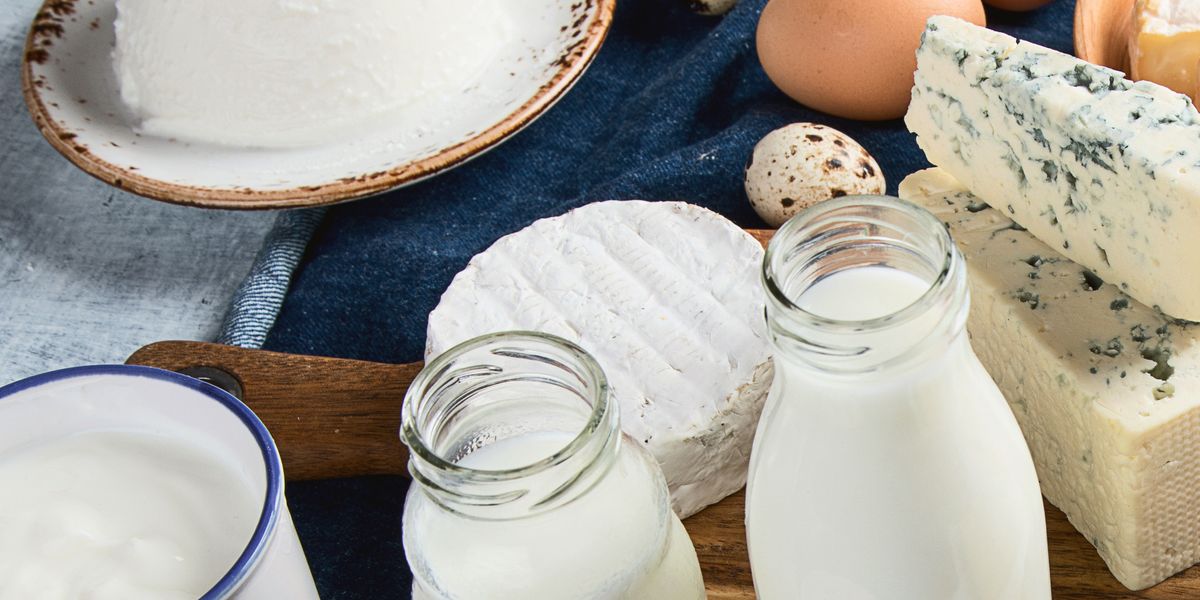Researchers have found that drinking more milk may help to reduce the risk of type 2 diabetes in people who do not produce lactase.
Lactase is an enzyme which breaks down lactose, the sugar found in milk and milk products.
If an individual does not produce enough lactase, it means they are unable digest milk very well, causing discomfort.
- Toxic shock syndrome causing bacteria combatted by probiotic combo
- Energy drinks associated with childhood depression and heart problems
- Combination of coffee and milk can bring anti-inflammatory benefits
A new study has found a “protective association” between drinking milk and type 2 diabetes in people who do not produce lactase.
Historically, studies into how milk and milk products affect the risk of type 2 diabetes have been inconclusive.
Researchers from the Albert Einstein College of Medicine and Harvard University in America were among a team which has identified a relationship between the lactase gene, milk consumption, and gut microbiota.
They conducted a genome-wide association study of the milk consumption of just over 12,650 participants in the Hispanic Community Health Study/Study of Latinos.
The team used models to examine the relationships between daily milk, cheese, and yogurt consumption and rates of type 2 diabetes.
- Nearly half a million adults unemployed because of bad drinking, eating and smoking habits
- People are more mindful about how much alcohol they drink
- Some soft drinks and fruit juices contain alarming levels of toxic metals
The authors said: “In both sexes, higher milk intake is associated with lower risk of type 2 diabetes in lactase non-persistent (LNP) individuals but not in lactase persistent individuals.
“Further analyses reveal that among LNP individuals, higher milk intake is associated with alterations in gut microbiota and circulating metabolites.
“Our study demonstrates a protective association between milk intake and type 2 diabetes among LNP individuals and a potential involvement of gut microbiota and blood metabolites in this association.”
Read the full study in Nature Metabolism.




